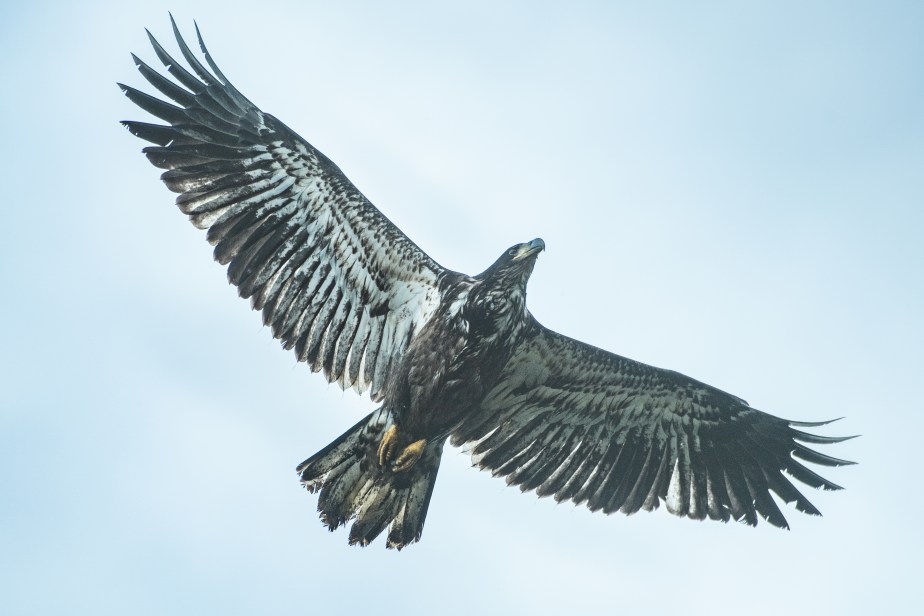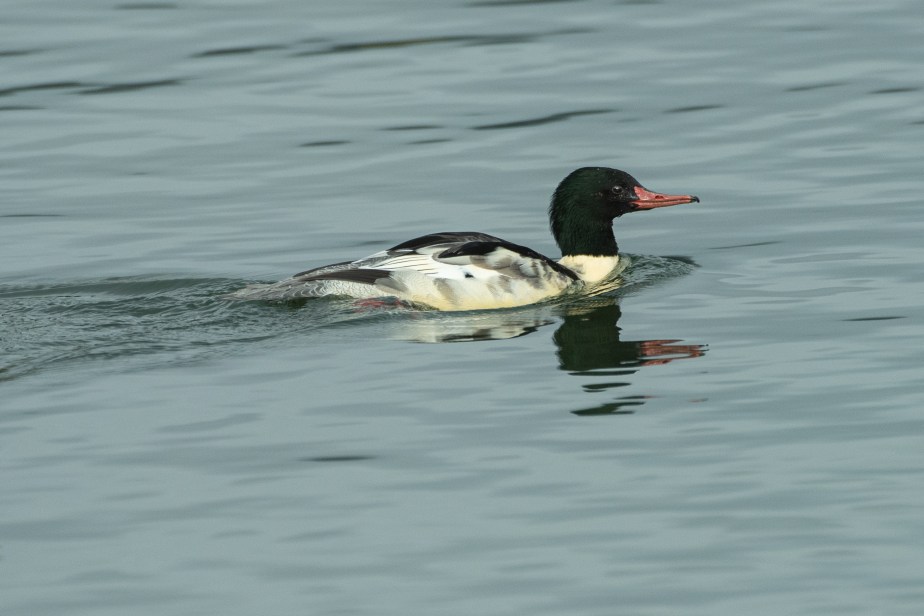On Sunday, I drove east to the Cheam Lake Wetlands, in the Fraser Valley. I had heard that there would be a lot of trumpeter swans there, but it was important to arrive early, as they all leave within an hour or so of daybreak. I was richly rewarded for the effort. There were probably a thousand swans on the lake.

The water was pitch black and the swans were a brilliant white. They were trumpeting at irregular intervals. Every so often there would be a vigorous flapping of wings, and splashing as groups of trumpeters would take off, literally running on the water and flapping their wings hard against the water until they achieved lift-off. This generally required close to 100 metres.


The swans would then circle around the lake, slowly gaining altitude before disappearing into the Fraser Valley.




This was repeated over and over for about 90 minutes, with groups of anywhere from 2 to 12 lifting off at a time.




It was an outing, I am sure I will never forget!


























































































































